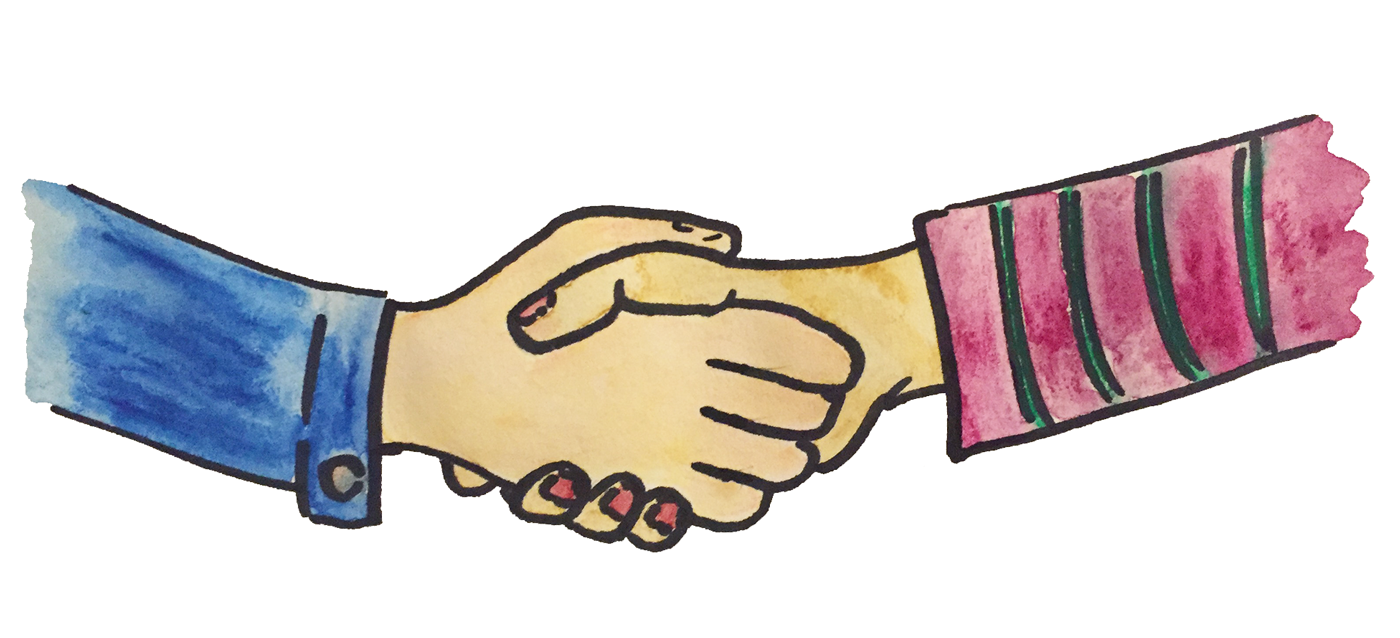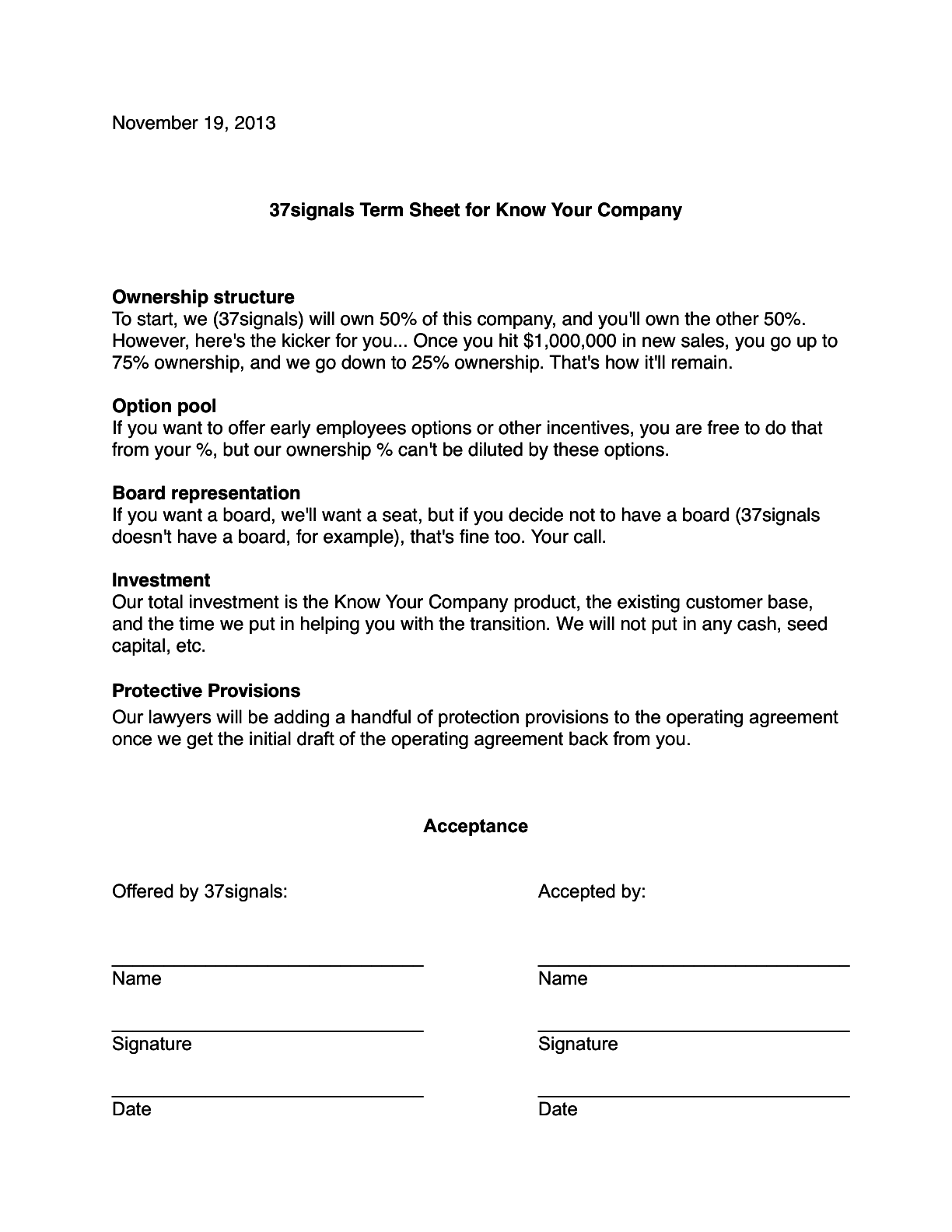
It’s easy until you make it complicated. So don’t.
Back in June of 2013, we launched Know Your Company. We built it in a few months with a small team of 3. A few months after launch it had generated a couple hundred thousand dollars in revenue, so there was definitely a good business brewing.
Later that year we made the decision to focus our business exclusively on Basecamp. That meant we’d either sell, spin-off, or roll bits of our other products into Basecamp. These products included Highrise, Backpack, Campfire, and Know Your Company, among others.
Jumping ahead, we decided to spin-off Know Your Company into a separate company. And we knew the perfect person to run it: Claire Lew.
Skipping over the why to get to the how
There’s a long back story about how we met Claire, why we decided she’d be right to run Know Your Company, etc. But I’ll save that for another post. I want to get right into how we structured the deal.
But first, there are a million ways to spin-off a company. And most of them are fucking complicated. Complicated stuff is anathema to us at Basecamp, so anything messy, extensively lawyer-y, protracted, knotty, or otherwise elaborate was off the table. So what was simple?
How we structured the deal
At the moment of the spin-off, Basecamp owned 100% of Know Your Company. The product had generated a few hundred thousand dollars of revenue at that point, so it was a nice growing business, but it was still young and mostly unformed. Its best days were way ahead of it.
So we decided to give Claire half of it. We’d own 50%, she’d own 50%. Her 50% wouldn’t cost her anything.
We wanted her, she was up for the challenge, and the money that she would have to normally come up with to buy-in wasn’t an amount that mattered enough to us to put any hurdles in the way of making it happen. Plus, we didn’t have to mess around with silly valuations either. Why complicate things?
We’d maintain that 50/50 partnership until she generated $1,000,000 in new sales. It could take 3 weeks, it could take 3 months, it could take 3 years. The $1,000,000 was cumulative — she’d hit it whenever she hit it. And when she did, we’d flip the partnership in her favor. She’d now own 75%, and we’d own 25%. And that’s how it would run in perpetuity.
It was that simple.
Here’s the actual term sheet to prove it:

It was signed on November 20th. She hasn’t hit the $1,000,000 marker yet, but she’s real close (over $700k so far)!
These things can be simple
Talk to enough people about spinning things off, putting deals together, writing up agreements, coming to terms with people, etc. and you’ll inevitably hear how complicated it is. But it’s not inherently complicated. It often becomes complicated. Just about everything can be made complicated. In fact, spend enough time doing business and you’ll notice that making things harder than they need to be comes naturally to most people.
I believe simple is actually the natural state of things. It’s simple until you make it complicated. This goes for just about anything in life and work.
I hope the way we structured this deal — simple terms, a single one-page plain language agreement, a handshake, and a ‘we’re here to help any time’ will serve as an example of how simple a deal can be.
It’s been a blast to see Claire grow the company, improve the product, and service the customers. We get together a few times a year and riff on ideas, help her think through some challenging product decisions, and talk shop. And in between the face-to-face stuff, we have a Basecamp project set up where we discuss finer details, review numbers occasionally, share ideas, and get updates from Claire when she has something to share. It’s perfect.

